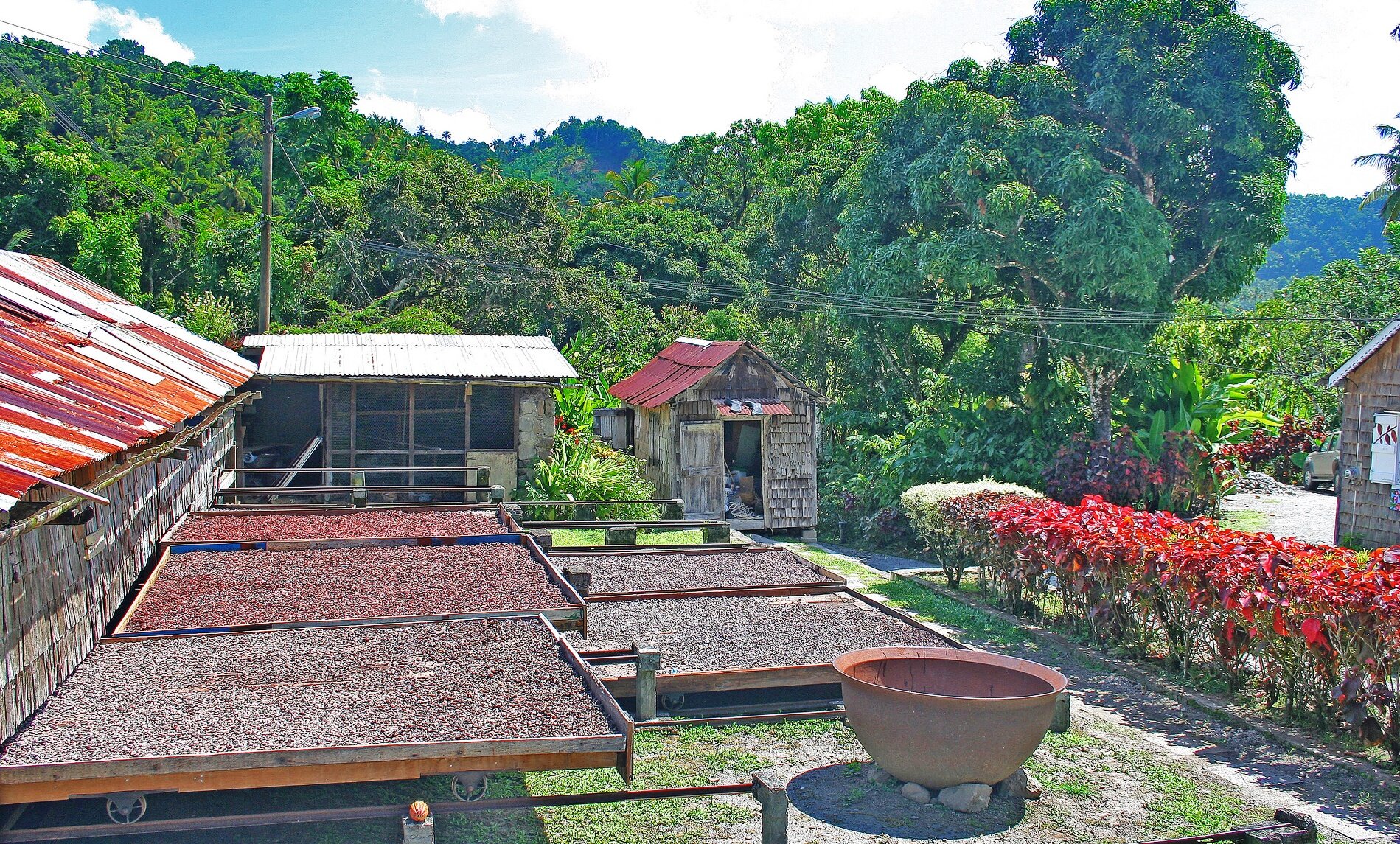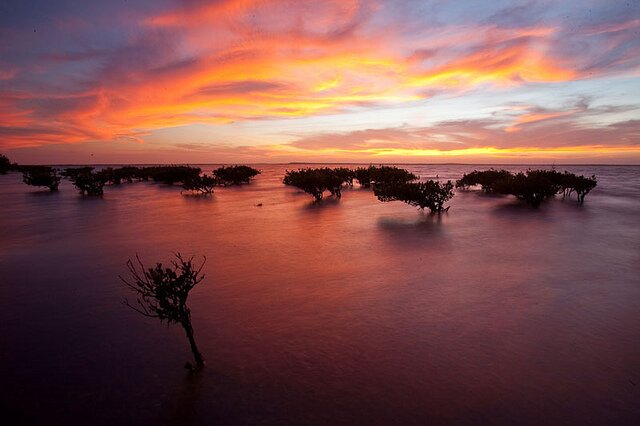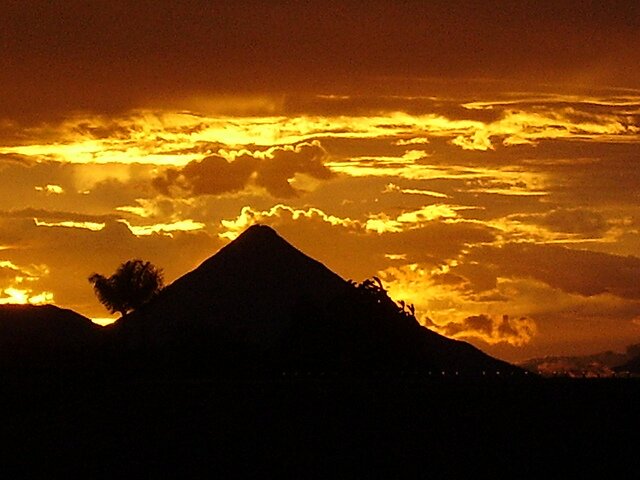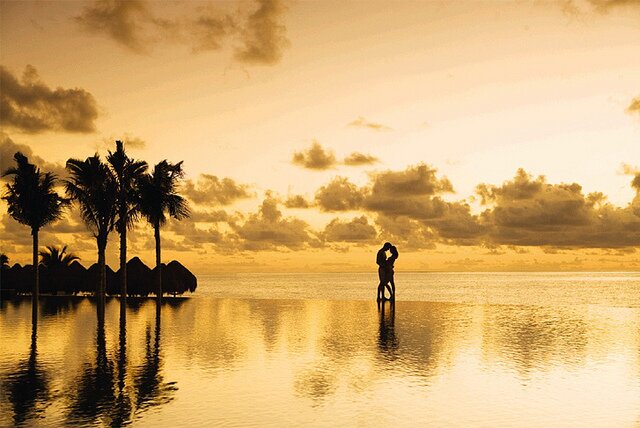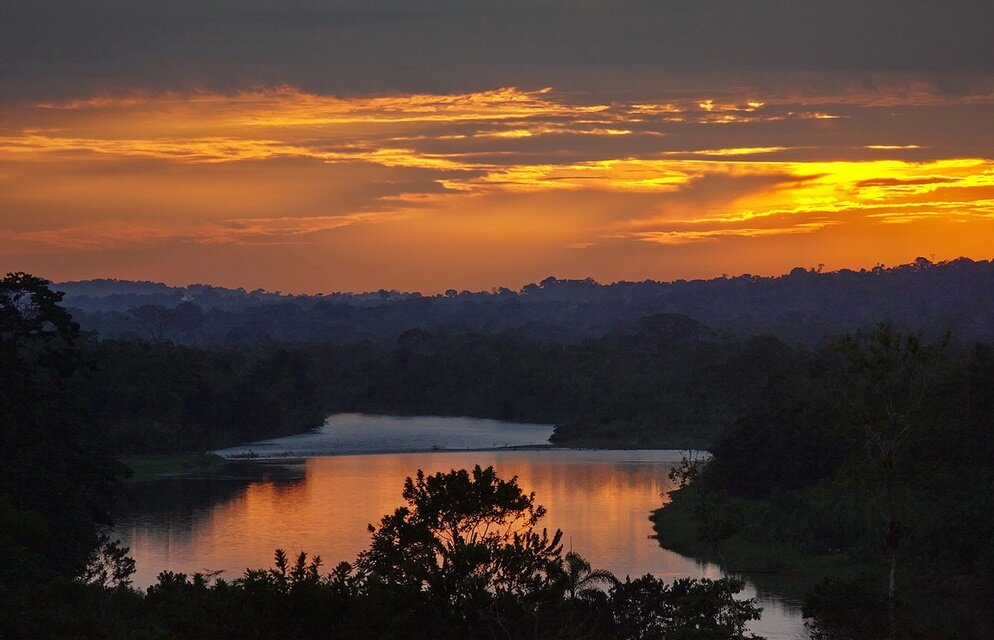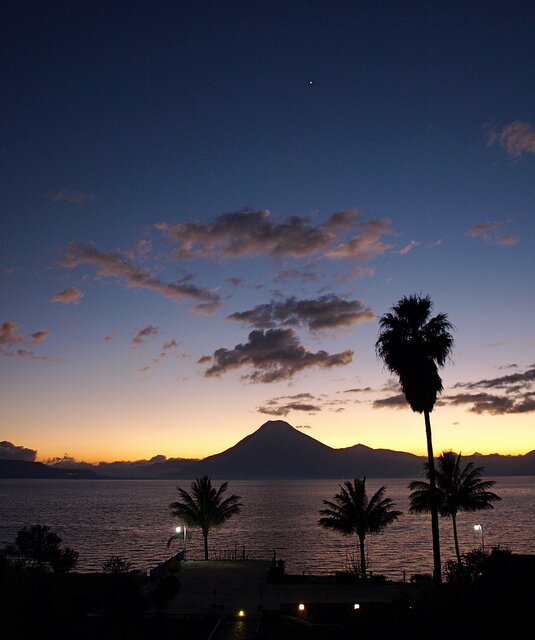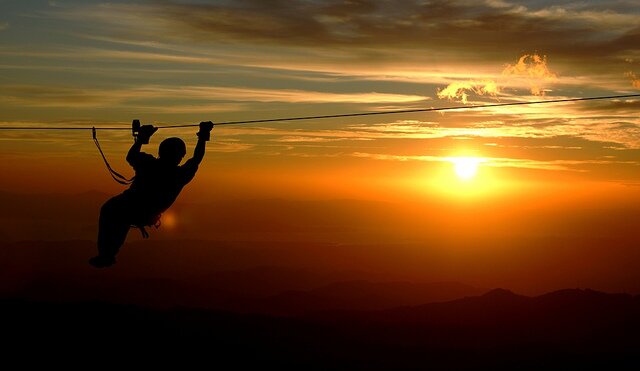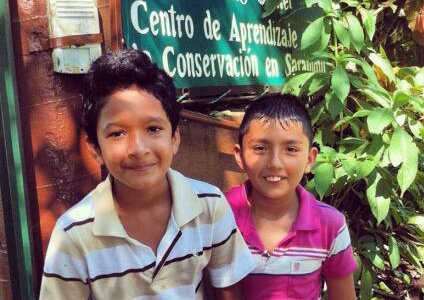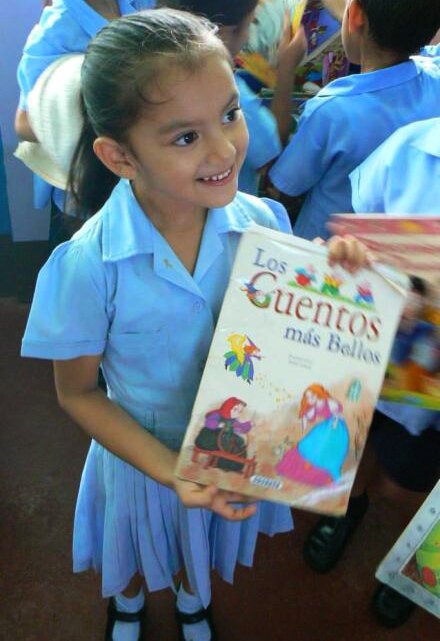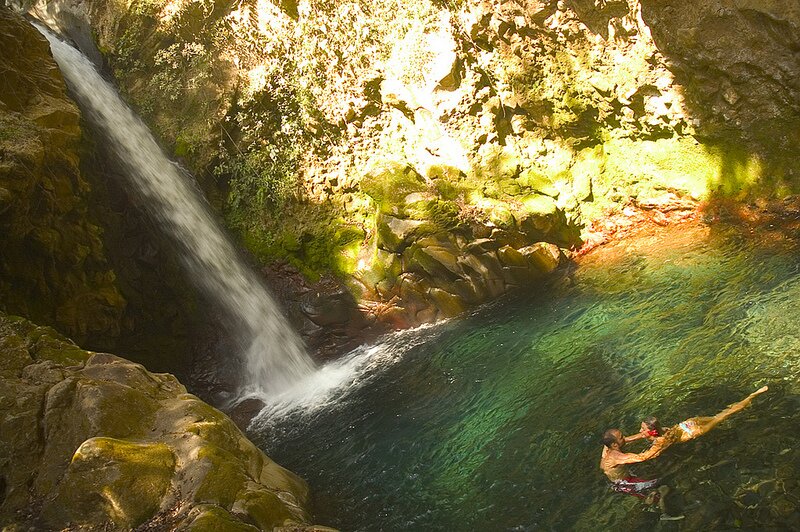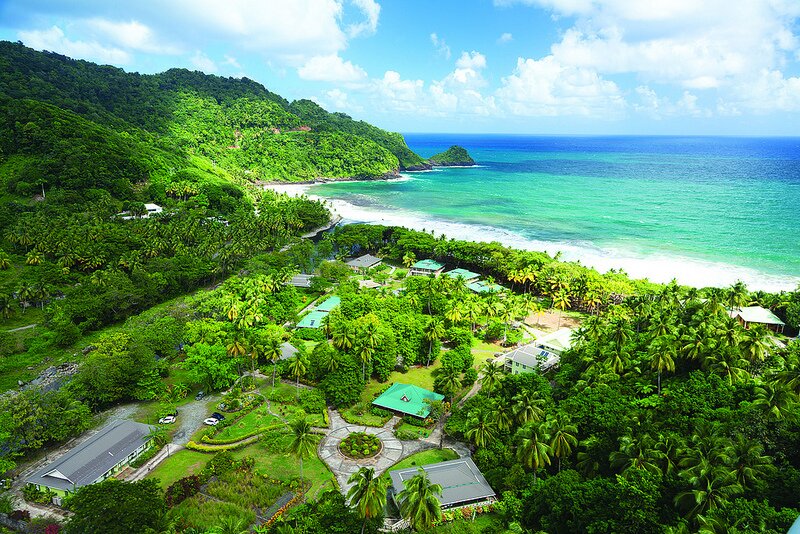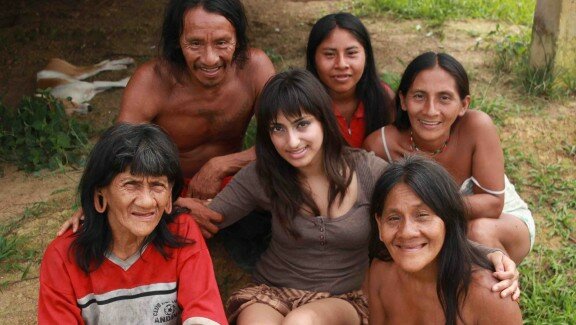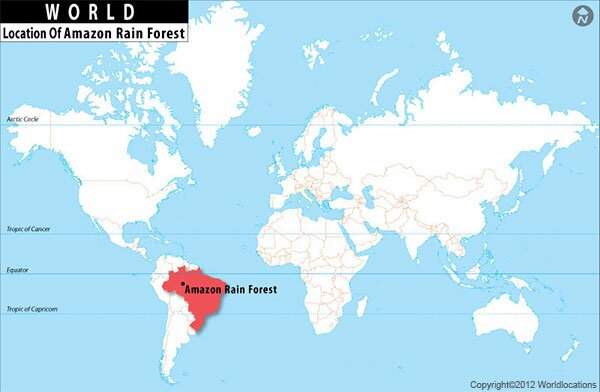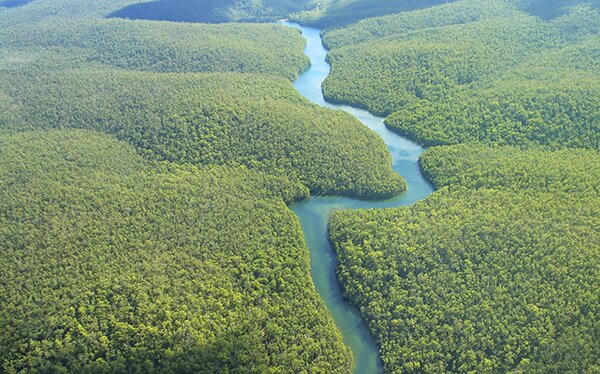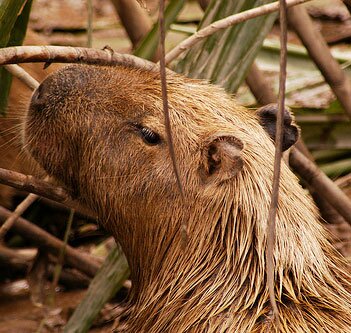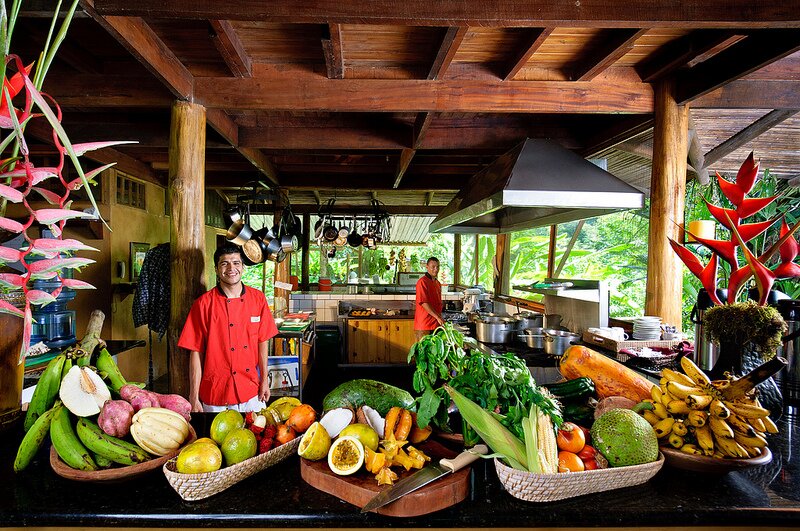In 2006, Meghan Casey and her husband Davis Azofeifa purchased Chilamate Jungle Private Reserve, a 52-acre (21-hectare) reserve in Costa Rica's San Juan-La Selva Biological Corridor founded by Don Lindley Lumsden and his family in the 1940s. Together, Meghan and Davis built the Chilamate Rainforest Eco Retreat, a Rainforest Alliance Verified™ sustainable lodge.

Visitors to Chilamate can enjoy rafting, canopy exploration, horseback riding, zip-lining, mountain biking, kayaking, safari boat tours, sport fishing, swimming and more. We spoke with Casey about the reserve, home to 500 bird species, 300 tree species, and nearly 140 mammal species.
Question: How did you and your husband come to own the property?
Casey: In 2006, just after the birth of our daughter, my husband and I were trying to come up with a family project that would make a conservation difference in the area. One day, we were walking by the river and decided to explore a little farther than usual. We came across some people who turned out to be caretakers of the property. They let us look around and we asked if the owner was selling. A few days later, we got a call from Don Lumsden's daughter, who was then in charge of the reserve. She had been having trouble maintaining it, but had refused to sell because she wanted the next owner to be someone from Sarapiqui (as my husband is) who was committed to protecting the land.

Question: What are you doing to manage the retreat with an eye toward sustainability?
Casey: As soon as we started [building the lodge], we got the Rainforest Alliance's manual for best tourism practices. We also attended a number of [Rainforest Alliance] training sessions. We learned even more when Rainforest Alliance verification program auditors came to our property and gave us some great advice about improvements we could make.
Question: Tell us about some of their most valuable suggestions.
Casey: While my husband and I have always been committed to sustainability, we were not exactly business people. When the auditors came the first time, we had no computer, no website, no written materials and no real business plan. They gave us ideas for the business side of our project. They helped us develop a sustainability plan and a mission statement, and they told us that we needed to keep track of everything we were doing in terms of our work in conservation with the local community.

Question: What other sustainable business practices have you adopted?
Casey: We exclusively use biodegradable soaps and cleaning products, and we have solar panels that provide much of our electricity. We use live bacteria to clean the plumbing system. All of our organic waste is composted and we recycle everything we can. My husband is also really creative about devising eco-friendly alternatives. For example, he built a system of diverting rainwater for showers and toilets.
Question: Has doing all this helped your business to thrive financially?
Casey: Yes, purchasing waste wood and recycled materials from local businesses brings costs down significantly. In addition, our commitment to conservation appeals to visitors.

Question: How does Chilamate support the local community?
Casey: We support our neighbors' businesses whenever we can. We have a place close by where we buy cheese, eggs, milk, chicken and even fish. We also recommend that our guests go on tours with local companies.
In addition, Chilamate Rainforest Eco Retreat facilitates a program with Earth University and about 60 families in our community who run small farming operations. We meet periodically, and the farmers learn how to integrate affordable sustainable practices into their everyday farming.
We also give discounts to guests who make a donation to the community, do service days or support the community in some way.
Question: What's next for Chilamate?
Casey: We'd love to expand our reserve so that more of the region's biodiversity can be protected. We also want our neighbors, the smallholder farmers, to be able to continue their work; it's not easy for them to sustain themselves.

Question: Any highlights from your time managing the lodge and reserve?
Casey: When we first got here, I kept meeting kids and parents who had never even been in the rainforest before. I am proud to say that today there is not a single child in any of the three closest schools who has not visited us. This year, we're developing a program in the local schools so that students of every grade can come to the reserve at least once a year and experience walking through a rainforest.


